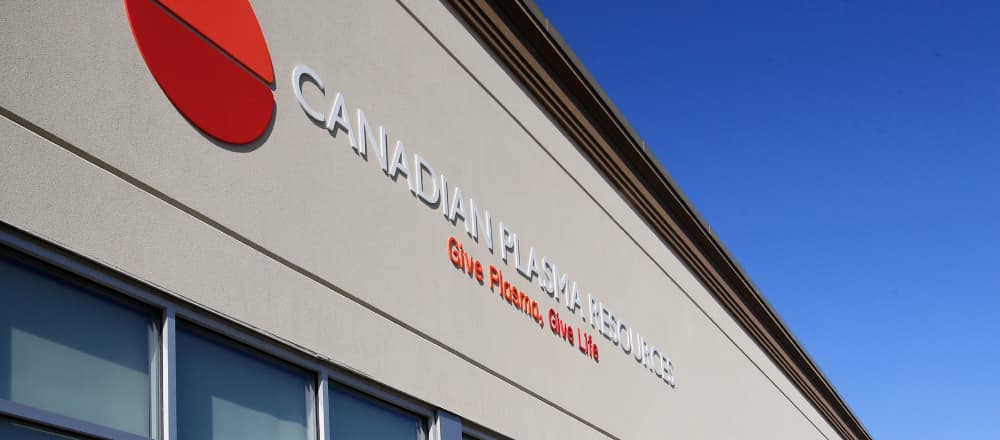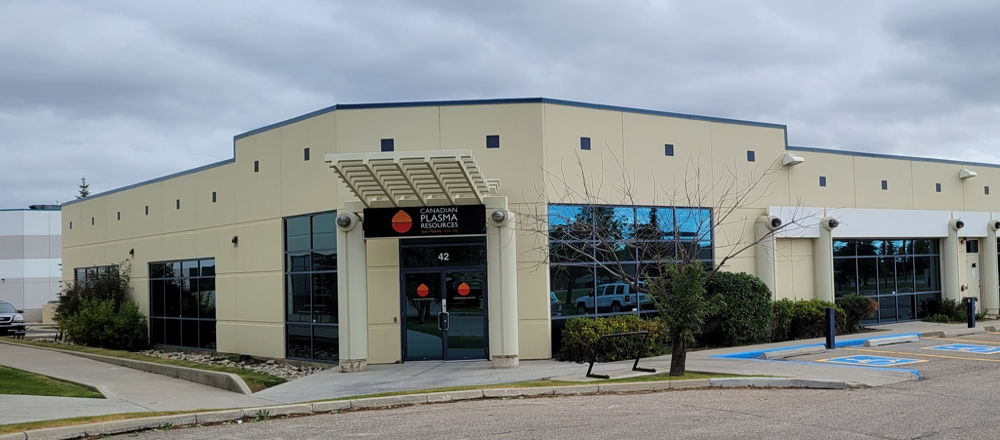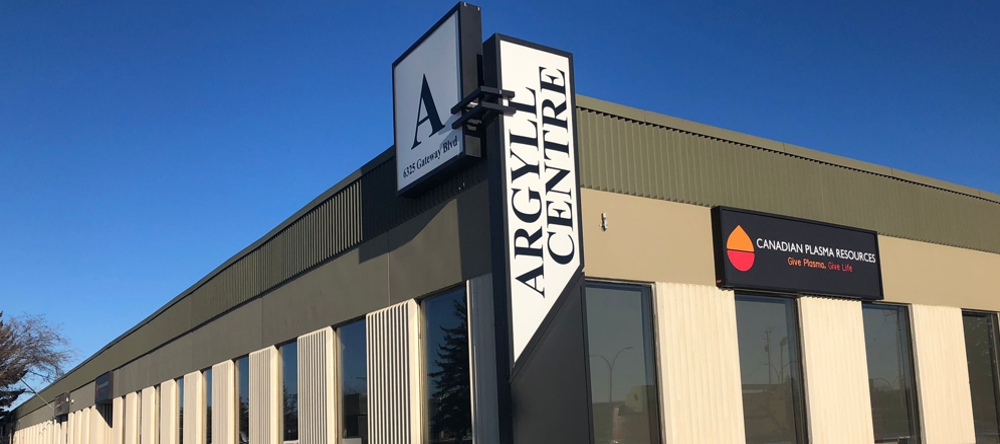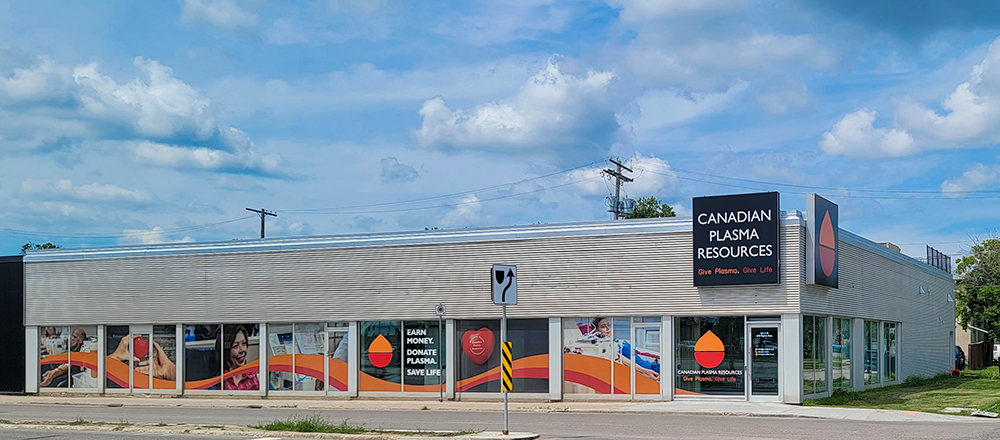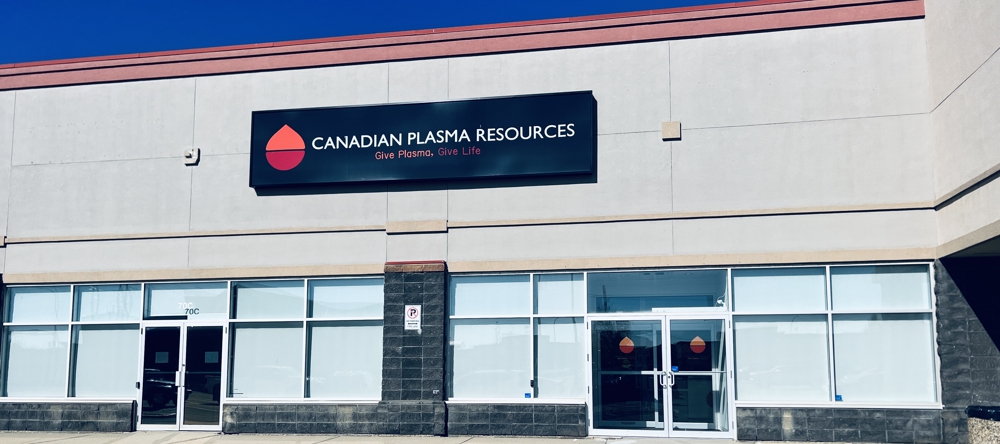Source VS Recovered Plasma Donations: What’s The Difference?
septembre 24, 2021
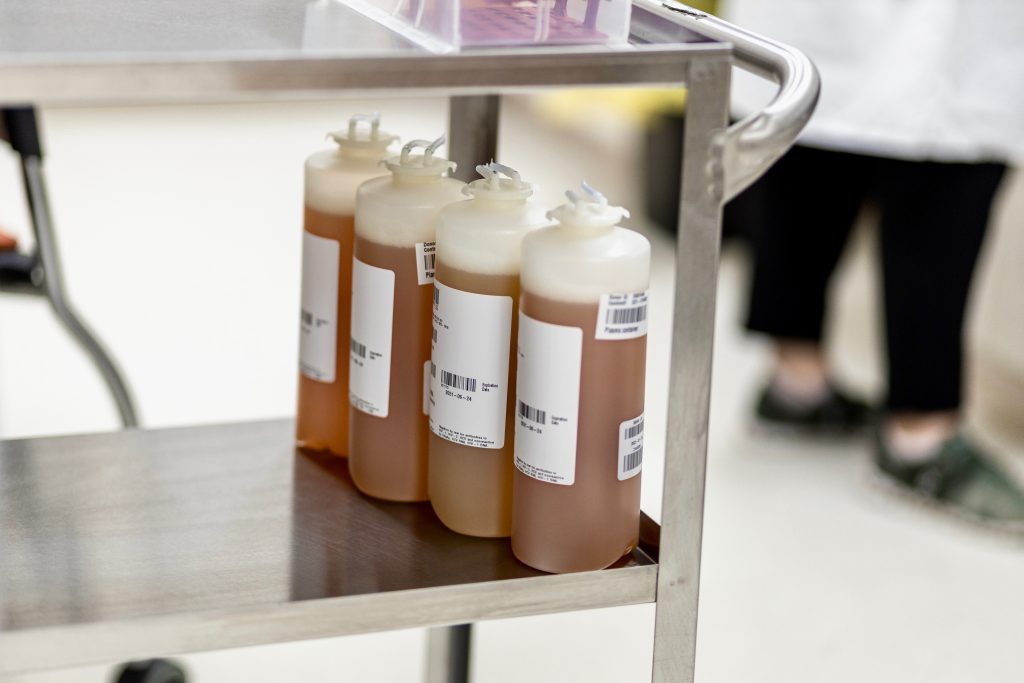
Plasma is a protein-rich liquid component of blood that is used for various medical purposes. There is more than one way to collect plasma, and different types of plasma donations are sometimes used for different treatments. The two main types of plasma donations are source plasma donations and recovered plasma donations.
In this blog, we’ll be explaining how these two types of plasma donations work and the differences between them. Let’s get into it!
What Is Plasma Donation?
Plasma donation is the process of collecting a donor’s blood plasma. During source plasma donations, donors are intravenously connected to an apheresis machine. Apheresis machines draw whole blood, separate plasma from other blood components, and return red blood cells, white blood cells, and platelets to donors’ bodies. This process is known as plasmapheresis.
Recovered plasma, on the other hand, is collected via whole blood donations. After a blood donation is made, plasma is separated out from other cellular components.
It is worth noting that donors can donate source plasma much more frequently than they can donate blood, which may or may not be separated into its individual components. Because the body replenishes plasma within 48 hours, donors can give plasma via plasmapheresis up to twice per week. By contrast, donors must wait eight weeks between whole blood donations.
Overall, source plasma donations bring in much more plasma than recovered plasma donations do.
How Do You Donate Plasma?
In order to donate source plasma, you must first meet certain eligibility requirements. Some eligibility requirements for plasma donors at Canadian Plasma Resources include:
- Being between 17 and 68 years of age.
- Weighing between 50kg to 180kg.
- Not having had a tattoo or piercing done in the past six months.
- Not having donated blood in the past 56 days.
- Having a permanent address within 100 km of a Canadian Plasma Resources facility.
If you meet the initial requirements for plasma donation, you then have to fill out a donor health questionnaire and undergo a medical examination and testing on two separate occasions. Once you’ve completed the registering and screening process, you can then donate plasma.
Whole blood donations also require donors to meet certain eligibility requirements before donating.
What Is Plasma Used For?
Source plasma is used to create a number of life-saving therapies for patients living with rare and chronic diseases. Some of these treatments include intravenous immunoglobulin (IVIg) therapies, coagulation factor therapies, C1 esterase inhibitor therapies, and alpha-1 proteinase inhibitor therapies.
Many of the patients who rely on plasma-derived medicines must receive treatments for the rest of their lives. This is one of the reasons why continued source plasma donations are so important.
Recovered plasma is used to create medicines and for plasma transfusions. Individuals may require a plasma transfusion due to trauma, burns, and/or shock.
How Much Do You Get Paid To Donate Plasma?
Even though paid source plasma donations have been proven to be the only way to ensure a secure supply of plasma, they are only permitted in certain provinces. At Canadian Plasma Resources, we give donors the opportunity to earn up to $400/month when they give plasma at our centres in Saskatoon and Moncton.
Unlike source plasma donations, whole blood donations are unpaid – even when they are used for recovered plasma. Source plasma donations do, however, require more of a time commitment than whole blood donations do, which is part of the reason why we believe source plasma donors deserve to be paid for their contributions.
All in all, donating plasma is a great way to help change someone else’s life for the better. If you’d like to help patients receive the treatments they need, book your next source plasma donation appointment at a centre near you!


